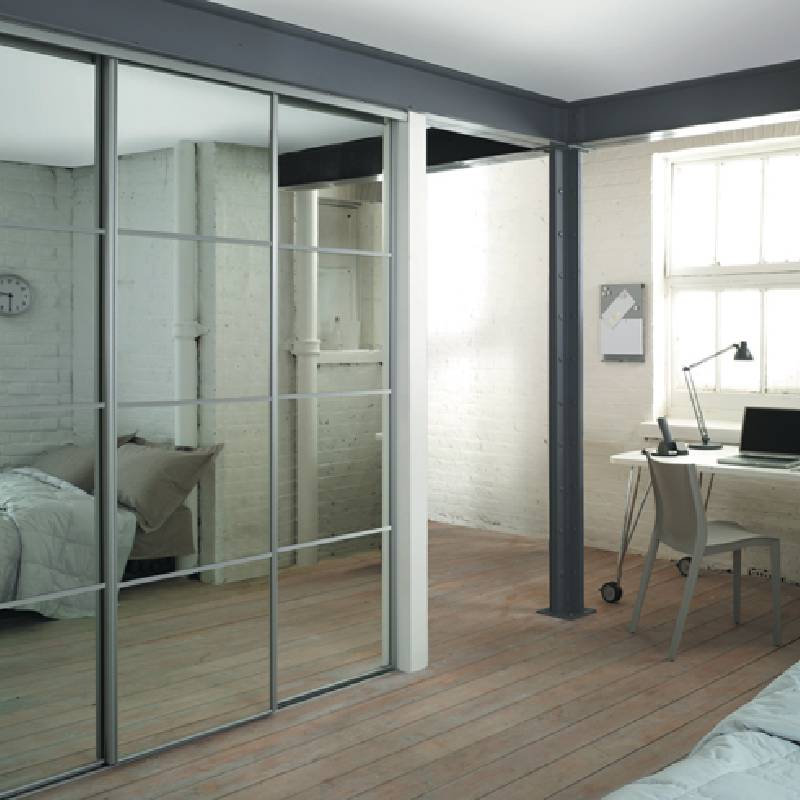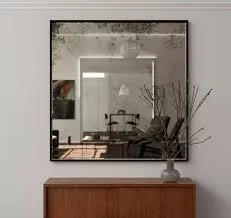In the world of modern architecture and interior design, the choice of window and glass finish can dramatically influence the ambiance and efficiency of a space. One such transformative material is dark grey reflective glass, an increasingly popular choice due to its blend of functional benefits and aesthetic appeal. This article explores the key advantages and applications of dark grey reflective glass, underscoring why it is a superior choice for both residential and commercial projects.

Dark grey reflective glass stands out primarily due to its aesthetic versatility. Its sleek, elegant appearance complements a variety of architectural styles, from minimalistic modern buildings to more traditional designs. The subtle grey tint adds a sophisticated touch, creating a contemporary look that resonates with luxury and class. Beyond aesthetics, this type of glass provides remarkable solar control, enhancing the comfort of indoor environments. The reflective coating effectively reduces solar heat gain, ensuring interiors remain cool even during hot, sunny days. This passive cooling effect is not only beneficial for comfort but also plays a significant role in reducing energy consumption. For architects and developers focused on sustainability, dark grey reflective glass is an excellent choice that supports environmentally friendly building practices.
In terms of privacy, dark grey reflective glass offers a practical solution for spaces where discretion is key. Its reflective surface serves as a one-way mirror, allowing occupants to enjoy unobstructed views of the outside world while preventing outsiders from looking in. This feature is particularly valuable in urban settings where privacy can often be compromised. Additionally, by limiting the amount of visible light transmittance, it reduces glare, making it ideal for environments such as offices, where minimizing eye strain is crucial for productivity.

Understanding the nuances of dark grey reflective glass requires expertise in its production and application process. This glass is produced by coating a dark grey substrate with a metallic layer that reflects a specific spectrum of solar radiation. Manufacturers must ensure precise control over the thickness and composition of this coating to achieve optimal performance and durability. This level of expert handling guarantees that the glass not only meets architectural specifications but also adheres to safety and quality standards.
When discussing the authoritativeness of dark grey reflective glass, it is essential to consider data-backed studies that highlight its benefits. Research indicates that buildings using high-performance reflective glass can achieve substantial reductions in energy usage, leading to lower utility bills and a reduced carbon footprint. Furthermore, because it enhances thermal comfort and privacy without compromising on beauty, dark grey reflective glass is often endorsed by renowned architects and interior designers. Their testimonials, along with case studies of successful installations, contribute to the growing trust in this material as a pivotal component of modern building design.
dark grey reflective glass
Deploying dark grey reflective glass isn't without its considerations. Builders and architects must weigh factors such as lighting conditions and geographical location to maximize its advantages. In climates with excessive heat, the glass can significantly cut down on air-conditioning needs. Meanwhile, in chillier regions, its insulating properties aid in retaining warmth. Collaborating with glazing experts to select the ideal thickness and tint ensures that each project capitalizes on the material's strengths.
Trust in dark grey reflective glass is further solidified by advancements in manufacturing techniques that enhance durability and weather resistance. The glass is designed to withstand extreme weather conditions, offering enhanced longevity and reduced maintenance costs. For commercial properties, these attributes translate to a higher return on investment over time. By choosing suppliers who have a proven track record in producing high-quality reflective glass, stakeholders guarantee long-term performance and satisfaction.
The industry-wide shift towards more sustainable building practices places materials like dark grey reflective glass at the forefront of design innovation. Its multiple benefits—including aesthetics, energy efficiency, privacy, and durability—make it a compelling option for modern architecture. As more projects incorporate this material, the collective body of knowledge and expertise will continue to illuminate techniques for maximizing its effectiveness in various applications.
In conclusion, dark grey reflective glass is more than just a decorative component; it's a strategic asset in contemporary architecture. With its proven benefits and growing adoption, it stands as a testament to the evolving landscape of sustainable and stylish building solutions. This makes it a valuable consideration for anyone looking to enhance both form and function in their next architectural project.



